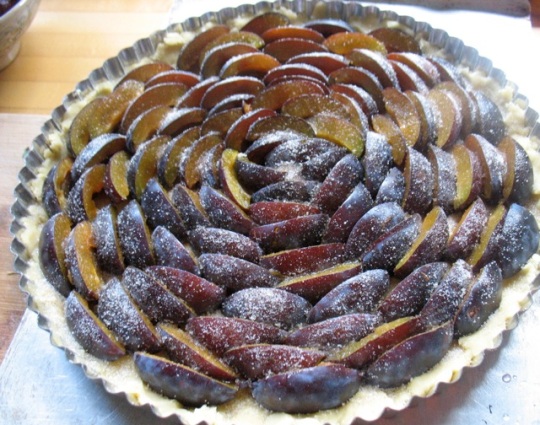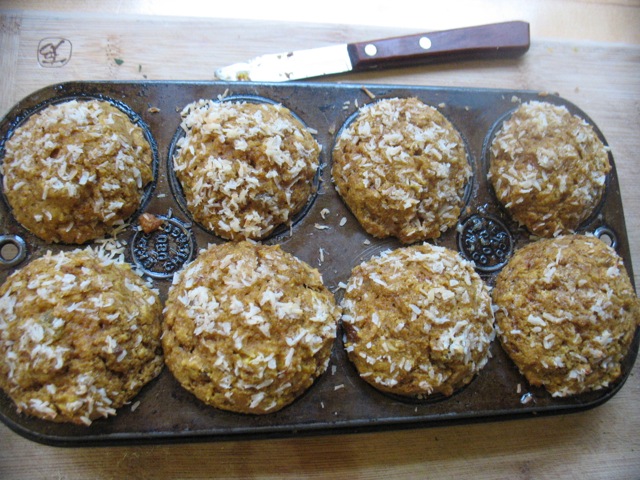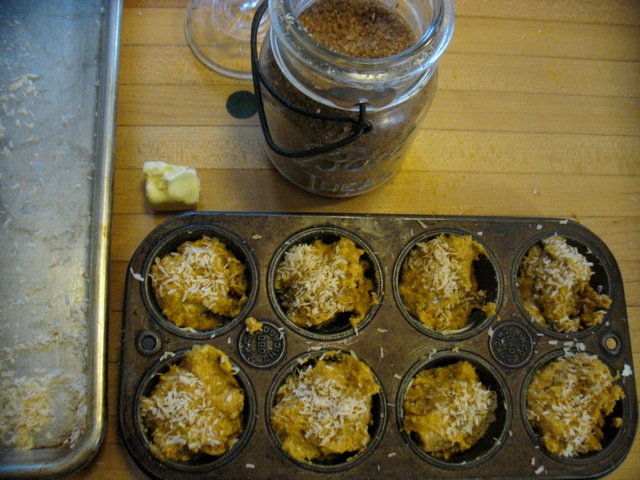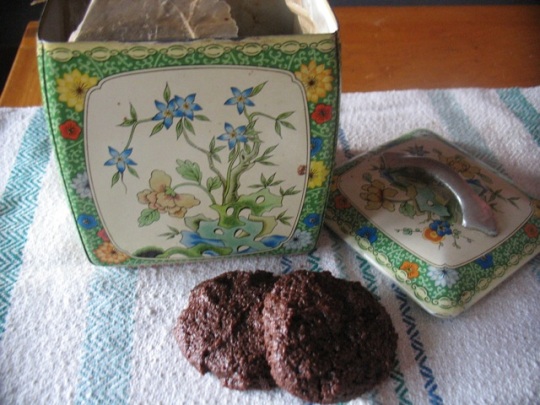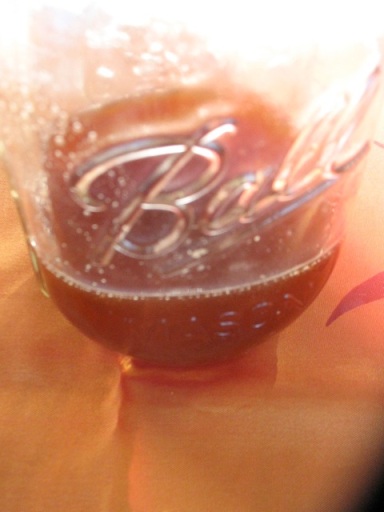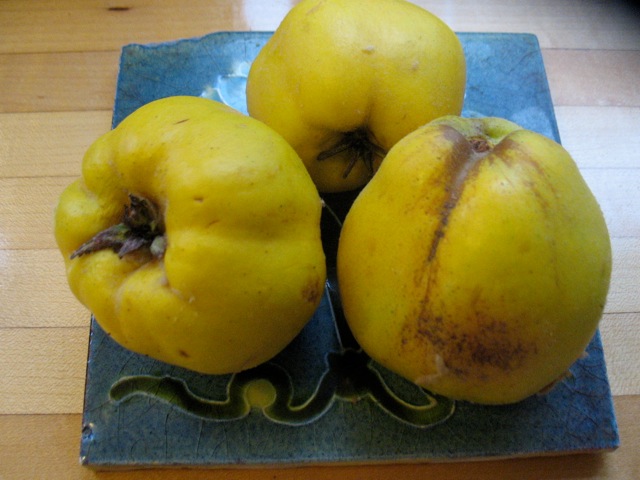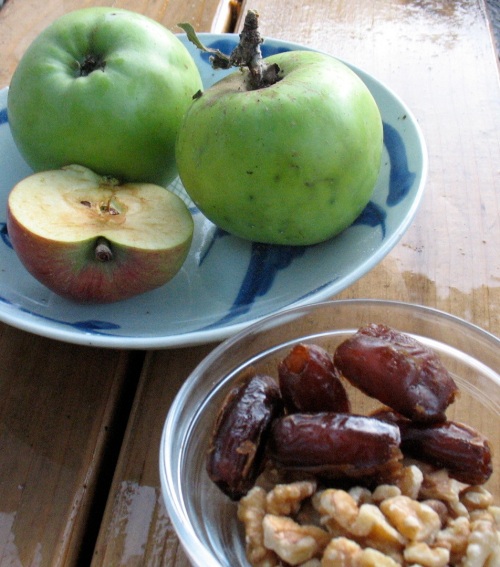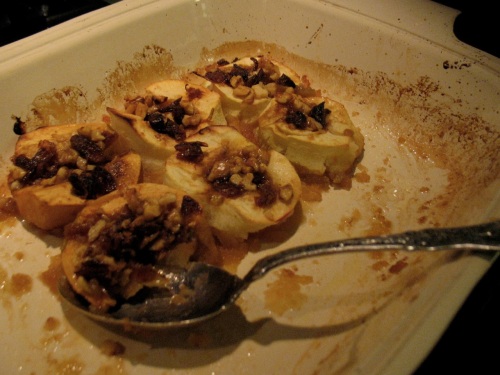Zwetschgendatschi
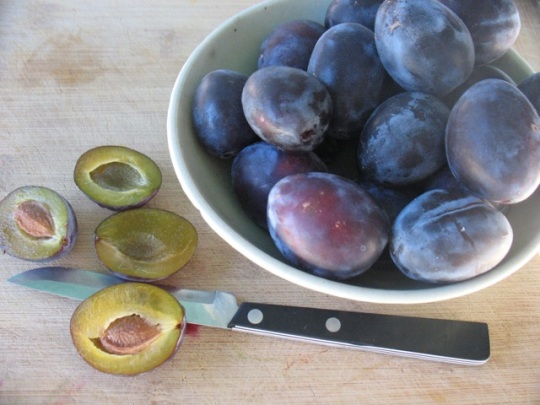
Italian Prunes make this simple tart so delicious and there is a short season for these so take advantage if you can find some.
There are many versions of this Bavarian dessert and many of them use a yeasted cake as the base. I grew up with a butter heavy, short crust version and am thus devoted to it. You want Italian Prunes since they have the acidity and complexity that makes this simplest of all desserts so incredibly good. Italian Prunes are sometimes called Prune Plums or just Italian Plums. I know over the years growers and marketers alike began avoiding the word prune and conflating it with a dried prune but I cling to what I think of as the real name!
My home state of Oregon used to be a very large producer of this wonderful fruit, delicious both fresh and dried. Many of the orchards have been taken out over the years, often to make room for vineyards which admittedly produce a sexier crop. These prunes are the epitome of late summer to me and my mother brought me a big bag of them and I couldn’t resist pulling out her recipe and making this childhood favorite. And while there are many variations of this cake, they are ALL (in Germany at least) served with lightly sweetened whipped cream so please don’t skip that, unless you’re having it for breakfast, and even so it wouldn’t be a bad idea.

When cooked, the prunes take on a lovely pink hue and the dusting of cinnamon and sugar just barely caramelizes the fruit.
Zwetschgendatschi (Prune Tart)
Makes one 10-inch tart
For the crust:
10 tablespoons unsalted butter (at room temperature if you remember–cold butter will just make you a work a bit harder:)
scant 1/4 cup sugar
1 3/4 cups all-purpose flour (you may need a bit more to bring the dough together depending on if you use one whole egg or just the yolk)
1 small egg (or the yolk of a large egg)
Pinch of salt
For the topping:
About 2 lbs of prunes (you may only need about 1 1/2 lbs but it depends upon how tightly you want to pack them onto the crust)
2 tablespoons sugar
1/2 teaspoon cinnamon
Lightly sweetened whipped cream for serving
Preheat Oven to 375 degrees F.
Cream the butter with the sugar until just mixed. I know it seems silly to try to split one egg in half but it’s possible so do that or just use the yolk of a large egg. Or if you happen to have a very small egg use the whole thing. It doesn’t really matter so much how you do this. You can always add a bit more flour if the dough is too sticky. The original recipe is double the above quantities with one whole large egg. It makes a lot of dough which is why I halved it since it fits perfectly into a 10-inch tart pan. Feel free to double it and make a larger version of the tart or save half the dough for something else. When the egg has been incorporated mix in the flour and salt. Use either a wooden spoon or your hands. Work the dough until it’s nice and cohesive. It may be a bit sticky so just add a bit of flour.
Pat the dough evenly into a 10-inch tart pan with the palm of your hand. You want to bring the dough up the sides just by 1/3 -inch or so. If you don’t have such a pan you can also press it into an 8″ x 13″ pan. If you are using a 10-inch tart pan you may have a little excess dough with which to make a little mini tart as happened to me on my second batch recently.
Now cut the prunes into quarters and arrange them tightly in circles, starting from the outside and moving inward. If you’re using a rectangular pan arrange them in rows instead. The fruit will shrink so pack them in well, pressing down just a little. When you’ve covered the dough mix the cinnamon and sugar together and sprinkle evenly over the fruit.
Bake in the lower half of the oven for about 35 – 45 minutes until the fruit has released some juice and is bubbling a bit and the edge of the crust is golden brown. Let cool to room temperature and enjoy with lots of whipped cream.
I like this tart both on the first day and on the second, when the crust softens a bit and absorbs the juice.
Enjoy these heartbreakingly beautiful days with so much bounty to cook and preserve and eat!
